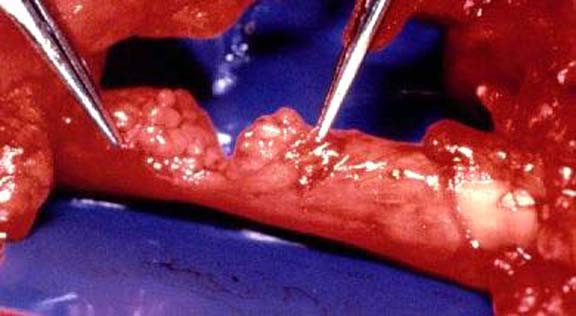
Introduction
Peripheral Nerve injury (PNI) can lead to severe, life-changing dissabilities and disfiguration with several hundred thousand PNI injuries occuring each year in the U.S. and in Europe alone[1]. Often the product of trauma, injuries can occur in multiple modes and severities. The majority of injuries occur to the upper extermeties as the result of motorvehicle accidents[2]. Unlike the central nervous system (CNS) peripheral nerves exhibit the ability for regrowth and restoration of lost function. While this capability is innate, the post traumatic state of the nerve determines the spontaneous ability to recover from the injury. Typically surgical involvement is necessary to maximize regrowth potential.

Shown is a detail of the trunk nerves innervating the arm with specific detail for the medial nerve. Often this nerve is transected via wrist-slit suicide attempts [3].
If a section of nerve is damaged and must be removed, atrophy has shrunk the distal component, or the injury itself removed a section of nerve, the created gap must be bridged to allow restoration of function. Options include nerve grafts of allogenic or autogenic origin. Both methods offer acceptable restoration of function, yet suffer from severe drawbacks. Autogenic grafts lead to donor site morbidity due to loss of function of innervated tissue. Allogenic grafts offer the ability to bridge longer nerve gaps but require the use of immunosupressive therapy to prevent rejection of the introduced foreign human tissue. These stated concerns have lead researchers on the quest for alternative materials and methods to bridge nerve gaps to maintain quality of life.

A surgical photograph detailing a partial transsection injury to the median nerve. |